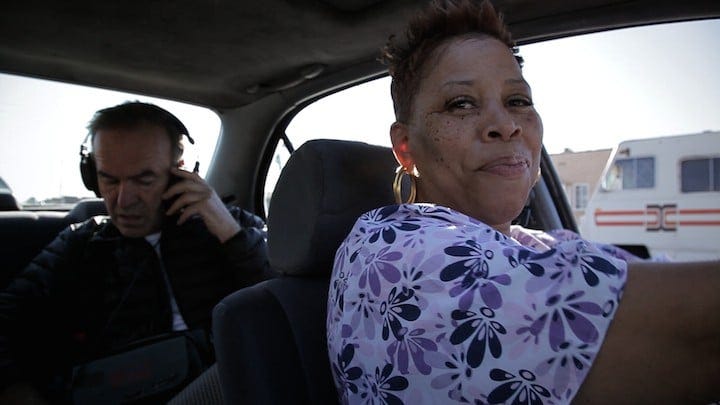‘Tales of the Grim Sleeper’ Review: Nick Broomfield Bounces Back By Holding Back

I used to offer a disclaimer when recommending Nick Broomfield documentaries, noting that I believe him to be a genius filmmaker but acknowledge that he’s also an acquired taste. This isn’t something I need to put out there for Tales of the Grim Sleeper. Not since his early days (not counting his brief stint with docu-drama last decade) has he been so r…
Keep reading with a 7-day free trial
Subscribe to Nonfics to keep reading this post and get 7 days of free access to the full post archives.



